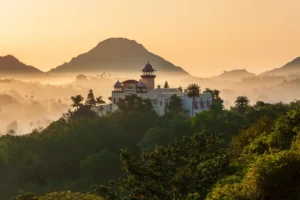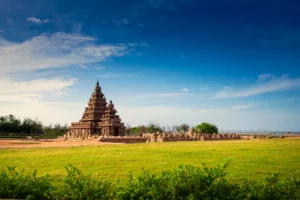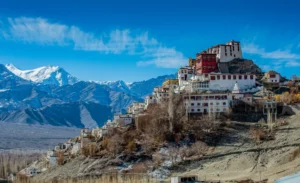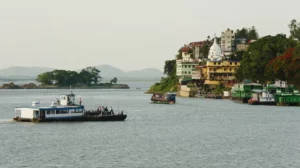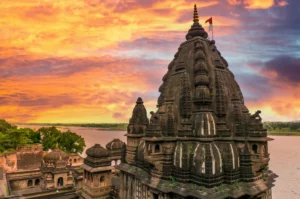This blog page is your gateway to a world of travel insights and tips designed to enhance your Zoomcar experience. Embark on a journey of discovery as our blogs unravel the secrets to maximizing your adventures with Zoomcar self-drive car rentals. From popular wonders to hidden gems, we’ve curated a collection of articles that offer invaluable travel wisdom. Whether you’re a road trip enthusiast who chooses a self-drive car on rent, a culture explorer, or someone seeking the latest trends in travel, our car rental blogs are your compass especially if you are looking for a self-drive car hire. Learn how to navigate new terrains, unearth the best-kept travel secrets, and make every moment count with the leader in the car rental industry. Whether you’re looking to rent a car or seeking self-drive car hire information, Zoomcar remains a go-to choice for those looking for a reliable and innovative car rental company.
Top Cities
Other Cities
UPCOMING CAR RENTAL AT AIRPORTS IN INDIA
- Self Drive Cars In Bangalore Airport
- Self Drive Cars In Delhi Airport
- Self Drive Cars In Hyderabad Airport
- Self Drive Cars In Kochi Airport
- Self Drive Cars In Mumbai Airport
- Self Drive Cars In Goa Airport
- Self Drive Cars In Guwahati Airport
- Self Drive Cars In Kolkata Airport
- Self Drive Cars In Chennai Airport
- Self Drive Cars In Pune Airport
©2024 Zoomcar Terms Privacy Cookie preferences
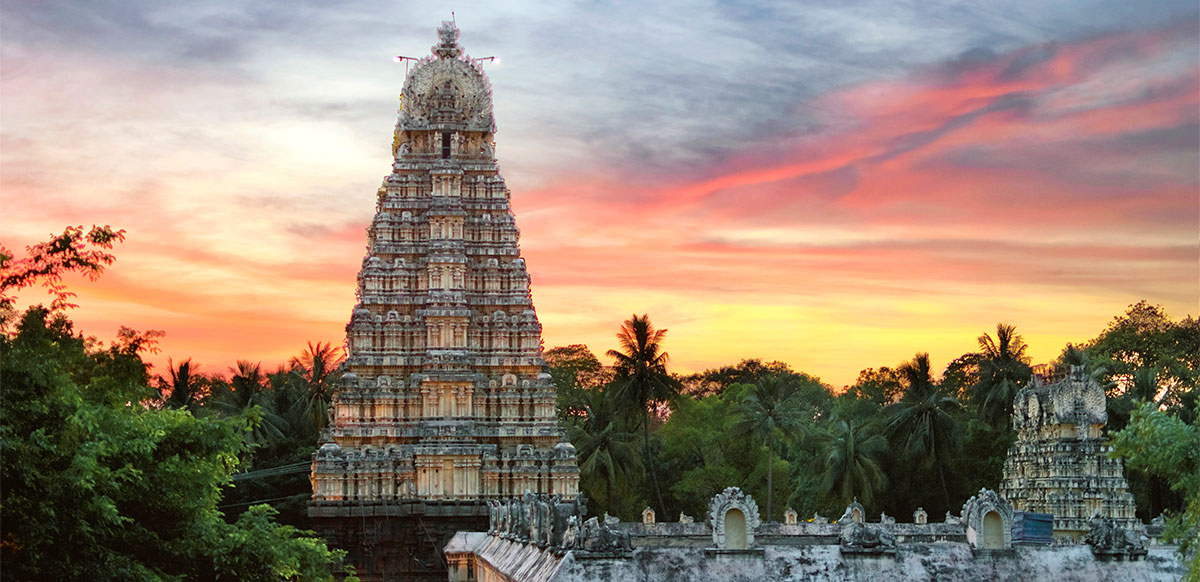

 3 Min Read
3 Min Read
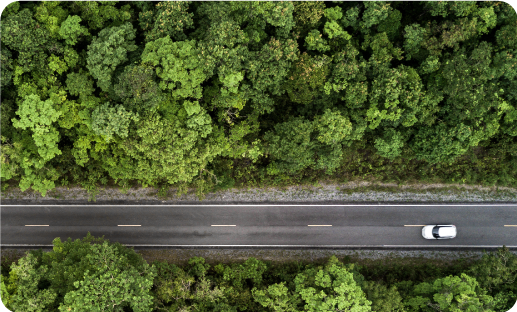
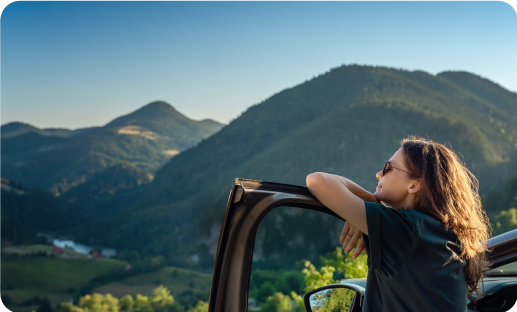
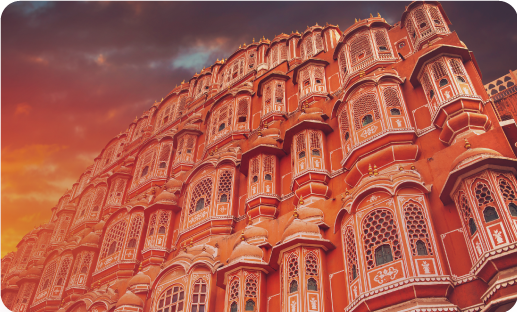
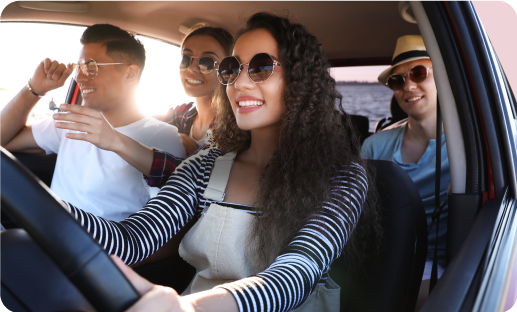
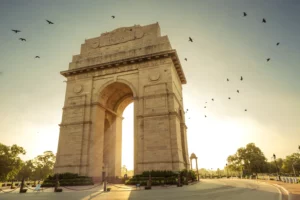
 January 10, 2024
January 10, 2024 3
3 